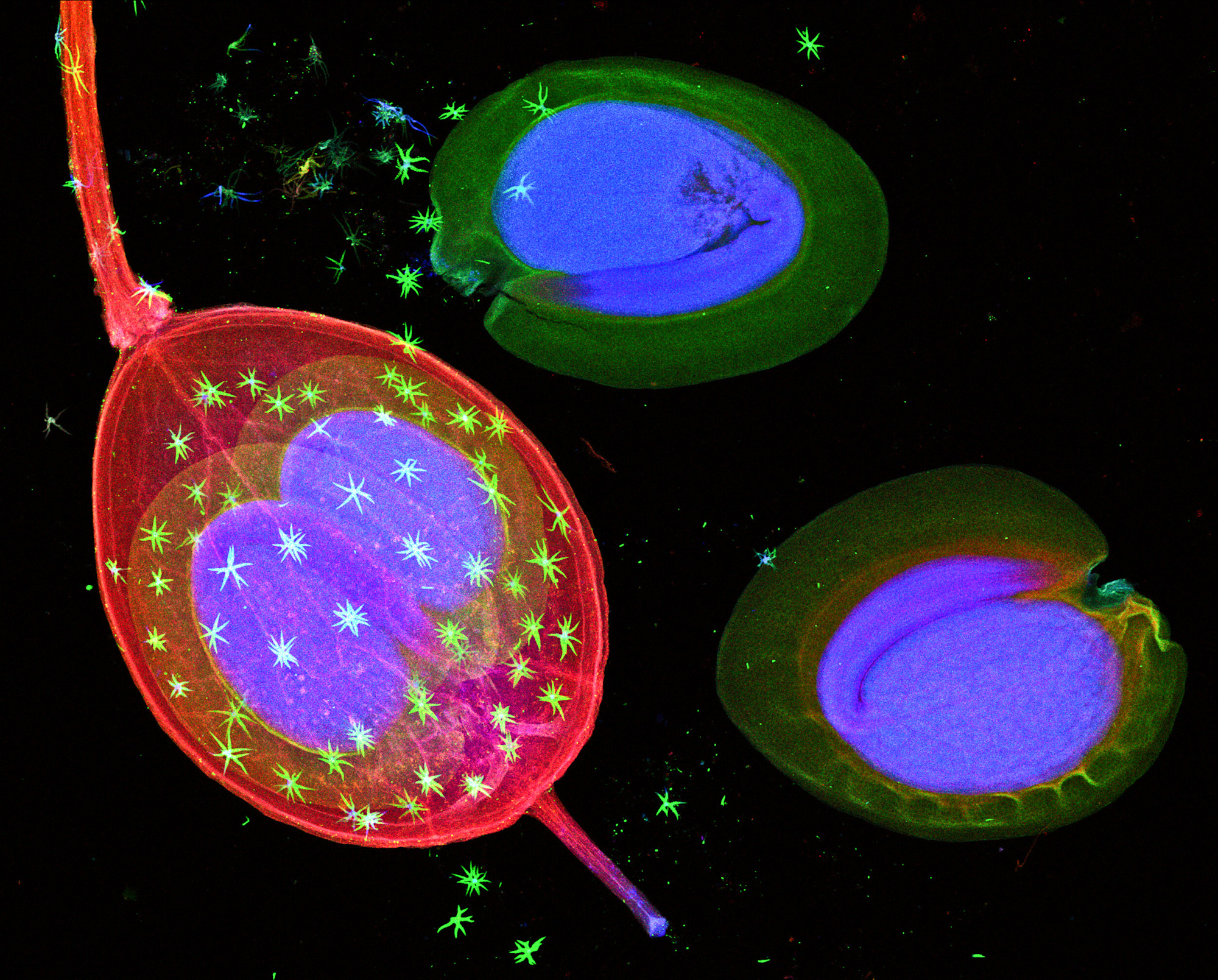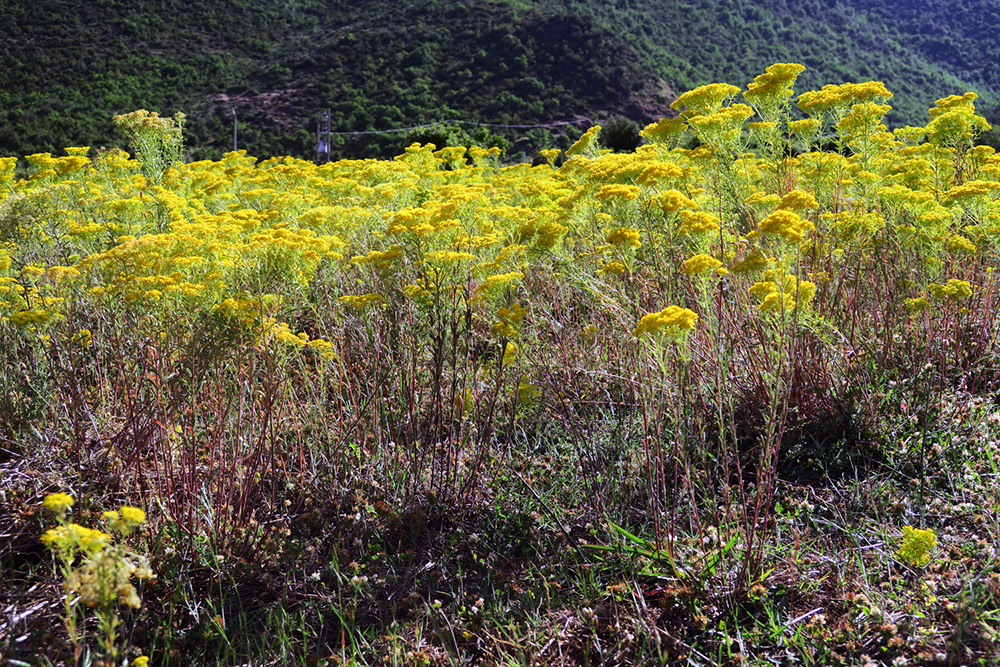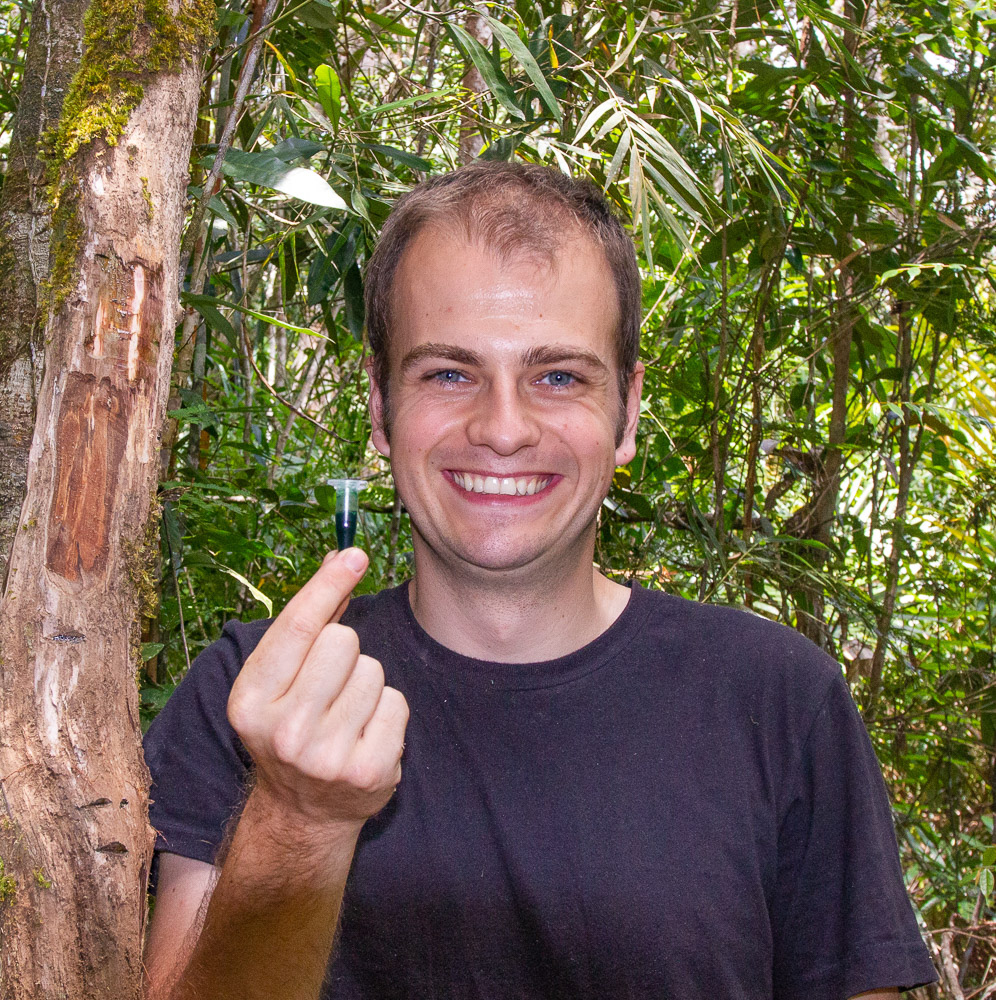From the humid rainforests of Malaysia and the dry bushlands of Australia to the labs of leading universities, researchers are closing in on a new method of ‘mining’ that could change how we think about metals - phytomining.
It’s a word being repeated more often in a society increasingly focused on sustainability, but for the international cohort of experts researching phytomining its potential has been impossible to ignore for years.
But what is phytomining?
 Phytomining, also known as agromining, is a method of extracting metals from an unusual group of plants named hyperaccumulators. Hyperaccumulators are plant that have evolved to thrive in metal-rich soils that would kill the average plant, and they actually draw-in and accumulate exceptionally high concentrations of metals in their biomass (which becomes a ‘bio-ore’) – up to 5% by weight.
Phytomining, also known as agromining, is a method of extracting metals from an unusual group of plants named hyperaccumulators. Hyperaccumulators are plant that have evolved to thrive in metal-rich soils that would kill the average plant, and they actually draw-in and accumulate exceptionally high concentrations of metals in their biomass (which becomes a ‘bio-ore’) – up to 5% by weight.
It is this “bio-ore” that phytomining aims to unlock, and the method for doing so is surprisingly straight-forward: a plant’s shoots are harvested, burned, and then the metal is separated from the ash.
Biogeochemists, plant scientists, chemical engineers and mine waste experts from The University of Queensland’s (UQ) Sustainable Minerals Institute (SMI) are pioneers in phytomining and confident the time has arrived to test its operational feasibility.
Dr Antony van der Ent, is a leading phytomining researcher at SMI’s Centre for Mined Land Rehabilitation (CMLR) and the editor of the field’s first book, “Agromining: Farming for Metals”.
“At this stage, phytomining can go full-scale for nickel immediately, while phytomining for cobalt, thallium and selenium is within reach,” he said.
“There is an abundance of unconventional ores that could be unlocked through phytomining, such as ultramafic soils abundant in tropical regions that typically contain 0.5–1 wt% nickel, below the cut-off grades for conventional mining.
“Phytomining also makes it possible to collect low-grade, environmentally-damaging metals from mine waste, essentially making ‘treasure from trash’ while also rehabilitating the mine waste.
Related Articles
“But full-scale trials, involving planting at least 10–20 hectares of the metal crops over several harvest cycles, are essential to proving its economic viability under ‘real-life’ conditions.
Dr van der Ent is part of a new generation of scientists who are driving phytomining forward by delving into remote forests and jungles in search of new hyperaccumulator plants, writing comprehensive journal articles and championing its commercial feasibility.
Dr van der Ent’s research group is collaborating with the University of Lorraine in France through the international joint laboratory Sourcing Unconventional Critical Resource Elements. Together the teams have conducted phytomining research in Australia, Brazil, Greece, Malaysia, Indonesia, New Caledonia, South Africa, and Zambia to date.

What makes phytomining so exciting is that it is a more sustainable method of extracting ‘critical’ metals that are becoming increasingly difficult to access due to complex environmental, social, governance and technical factors associated with the location of their orebodies.
Nickel, zinc, manganese, cobalt, selenium and thallium – all are found in specific hyperaccumulator plants and all are vital to renewable technologies.
As the world strives to achieve a carbon-free economy, the technologies required for that transition – batteries, electric vehicles and motors, renewable energy technology, and advanced infrastructure – will put enormous pressure on the current supply of these metals. It’s a point repeated often and loudly by leaders of the energy transition, such as Tesla CEO Elon Musk.
“Tesla will give you a giant contract for a long period of time if you mine nickel efficiently and in an environmentally sensitive way…”
“Although called lithium-ion, the actual percentage of lithium in a lithium-ion cell is approximately 2%... Technically, our cells should be called nickel-graphite, because the primary constituent in the cell as a whole is nickel.”
-Elon Musk, Tesla CEO
In response, Dr van der Ent’s pitch is simple: “Phytomining offers an alternative, environmentally-sustainable source of critical metals like nickel that can help alleviate the pressure on the mining industry.
“Plants such as Alyssum murale can attain yields of up to 400 kg of nickel per hectare per year – worth about US$4000 at current prices, excluding production and processing costs.
“Bio-sourced nickel is also unique in that it is of particularly high purity, with the processed biomass containing 20–30% nickel and few of the impurities usually associated with conventional nickel ores.
“There is great potential for developing nickel metal farms in Indonesia, where the island of Sulawesi has over 15,000 km2 of ultramafic soils that are naturally enriched in nickel and potentially suitable for phytomining
“The economic longevity of phytomining may also be considerable, with potentially 30 years of harvesting possible before diminishing concentrations of a target metal in the soil affect output.
 “However, producing critical metals efficiently and sustainably using phytomining needs industrial champions to make this a reality.”
“However, producing critical metals efficiently and sustainably using phytomining needs industrial champions to make this a reality.”
To find out more about the research on phytomining and hyperaccumulators underway at CMLR, contact Dr Antony van der Ent at a.vanderent@uq.edu.au.
